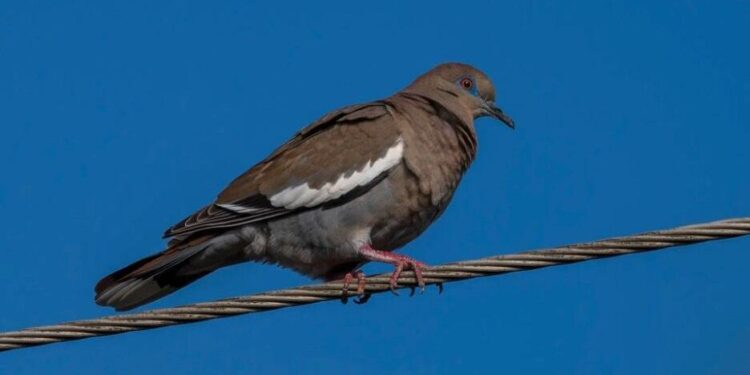Next Friday is the day that many outdoors enthusiasts have been waiting for quite some time, the unofficial opener to the hunting seasons. Dove season begins next Friday, Sept. 1 and runs through Oct. 31 and then a second chance will run from Dec. 1-29.
Equipment and preparation wise, dove hunting is simple, especially compared to other types of wing-shooting. Skillwise, it’s notoriously difficult. Doves are small, fast and acrobatic. Consistently knocking them down can prove quite tricky.
Here are some tips from the Oklahoma Department of Wildlife Conservation to help you make the most of your dove hunt.
· Location, Location, Location — Finding the food and water resources that dove prefer is key when it comes to finding dove. Focus on fields top seeded with wheat, fields of sunflower, cut or standing corn, and harvested sorghum. Never overlook water sources; ponds and stock tanks provide equally great hunting. Hunting water sources works best in dry areas like southwest and northwest Oklahoma, where water may be scarce. After a heavy rain, keep in mind ponds may be flooded and will not provide the birds with adequate bank access, forcing them to look elsewhere.
· Find the food — On many Wildlife Management Areas, fields of wheat and sunflowers are often mowed in preparation of dove season. If hunting public land, contact the area’s biologist for information.
· Scout — A hunter who scouts, always has the advantage. Mornings and evenings are the best times to scout because that is when birds are typically off their roost. Start with areas that have been productive in the past and search for fields with a concentration of birds. Pay attention to the direction birds are coming from and what their travel route is. Often, dove will fly along tree lines when entering a field. This is where hunters should set up.
· Gear — Go beyond the basics and invest in dove decoys. Elevated decoys are key. On the ground, decoys disappear among the vegetation so keeping them elevated ensures the doves will see them. While scouting different areas, pay attention to where birds are landing. This is where you’ll want to place your decoys.
· Blend in — Doves have excellent vision. Camouflage isn’t a must have item however it helps tremendously. Choose camouflage most suited to your surroundings or dress in a tan or olive color outfit. If you don’t have camouflage, that’s ok. If possible, conceal yourself in shadows our under tree branches. Most importantly, stay still!
· Be a Lethal Combination — Any attempts at bagging a bird are futile without the right combination of shotgun, ammunition, and choke. 20 and 12 gauge shotguns are the most widely used shotguns for dove hunting. When it comes to action types, the semi-automatic action gives hunters an advantage over pump and break actions. Semi-automatic shotguns have less recoil and shoot quicker than pump actions. Break actions are similar to semi-autos in that the shooter doesn’t have to pump a new shell into the chamber. However, break actions have the inability to hold more than two shells, which means more reloading. Remember, doves are a migratory bird, and all guns used for migratory bird hunting are restricted to 3 shells. Therefore, you’re actually only gaining one additional shot with a semi or pump compared to a break double gun.
· Bonus tip and by far the most important: get out and go. And take someone to teach or learn with you. Dove hunting lends itself well to spending time with family and friends.
Want to reach a local audience and grow your business?
Our website is the perfect platform to connect with engaged readers in your local area.
Whether you're looking for banner ads, sponsored content, or custom promotions, we can tailor a package to meet your needs.
Contact us today to learn more about advertising opportunities!
CONTACT US NOW






